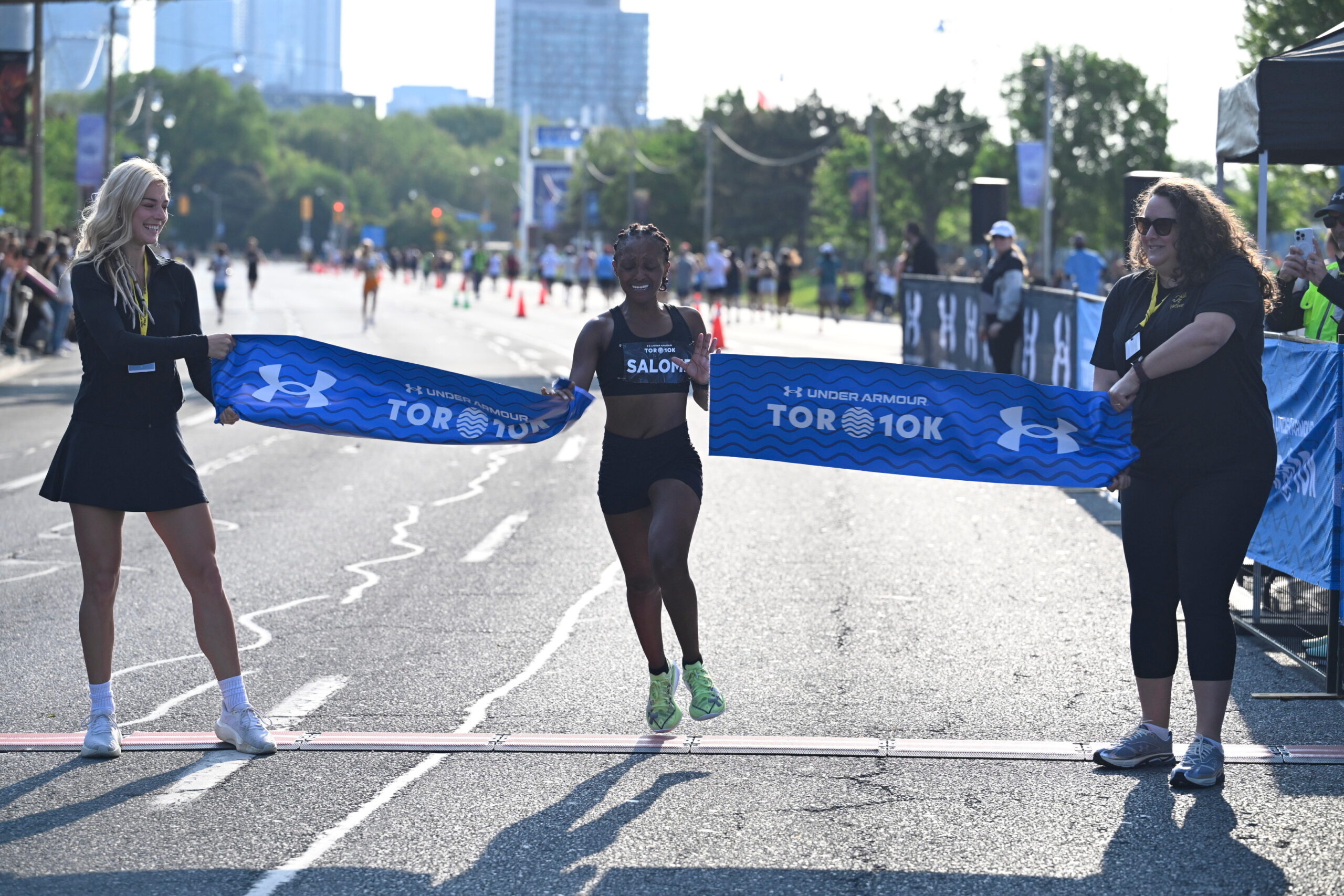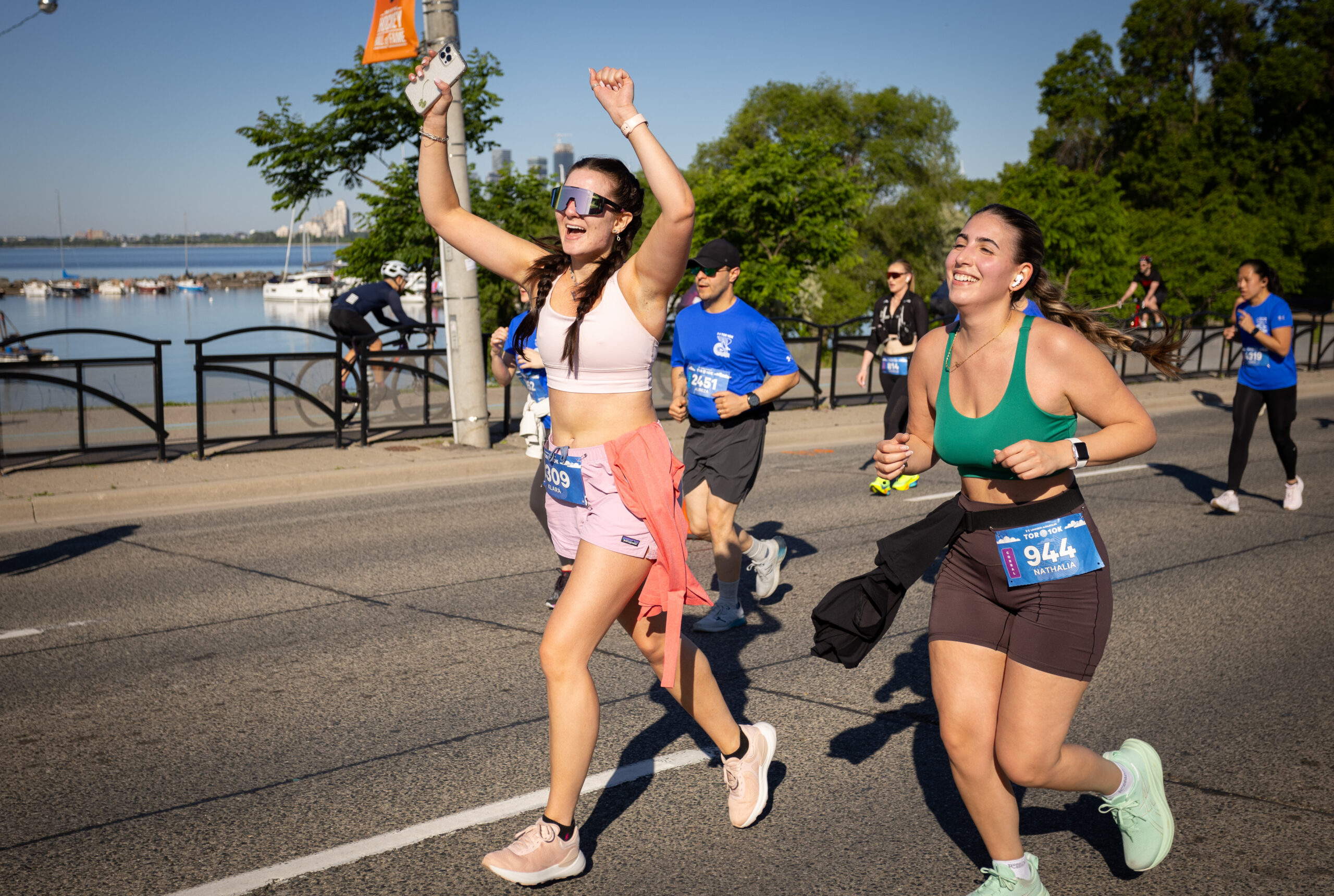March 2, 2016 – by Chris Winter (@cwinter3) & Rachel Cliff (@Dangerous_Cliff)
Do you find yourself squeezing in workouts around the rest of your life – before work, during lunch breaks, and in the evening? While your workouts are important, it is also critical to take your recovery seriously: the small details of what you do when you’re not running have a bigger impact on your training quality than you might think.
The physical adaptions made to your training occur during rest and recovery, not during the training itself. If you continually neglect the recovery aspect of training you run the risk of burning out, getting sick or injured, and having poor workouts.
It can be tough to justify making time for recovery but, remember that if you’re able to stay away from the physio or avoid getting the flu, focusing on small details may actually save you time. Despite your busy schedule there are still a few ways you can sneak recovery into your day:
- Sleep – We’ve all heard that most of us don’t get enough sleep. Research suggests that you should be aiming for 7-9 hours at least each night. While this is true, it may not be possible for everyone; so it is important to make the hours you do get count. Here are a few helpful tips:
- Establish a pre-bedtime routine. Do some foam rolling (more on this later), brush your teeth, crawl into bed, and read a book. Establishing a routine will help quiet your mind and prep you for a better night’s sleep. If possible, try and stick to a consistent wake-up and bedtime every day of the week.
- Reduce screen time. Studies have shown that the light from your devices (phones and tablets) can greatly affect the quality of your sleep. It is recommended that you put your phone or tablet away at least an hour before bed.
- Create a quiet and comfortable sleep environment. A quiet, cool, dark, and comfortable environment is crucial for the best possible sleep. Although this can be difficult to accomplish, especially when traveling, everything that can be controlled should be. Make sure the room is dark with a comfortable temperature (around 18 degrees C is optimal). It’s better to have the room slightly cooler than normal with enough bed covers to stay warm. Unwanted noise can be masked with a fan or ear plugs.
- Avoid caffeine in the late afternoon and evening. This should go without saying, but caffeine is present in more than just coffee or tea. It’s also found in chocolate and ice cream which may keep you buzzing longer than expected.
- Nutrition – Most of us understand that nutrition is a critical aspect of training; in fact, we find it interesting that our diet is one of the first things people ask about when they find out that we are an elite runners! Nutrition can be a complicated topic and there always seems to be a new secret superfood or diet that promises to make you run faster for longer. One week a blog might be touting the benefits of a low carb diet, and then the next it’s telling you how teff flour is the secret behind the east African distance running success. We’re constantly bombarded with this as well, but, no matter what we’ve read, the following mindset always seems to hold true:
- Eat a Variety of Foods. You generally can’t go wrong if you’re eating a little bit of everything (barring no food allergies!). Remember that different fruits and vegetables will contain their own profile of nutrients so be sure to mix things up; the general expression is “eat a rainbow every day”. Just because kale is a highly nutritious green leafy vegetable doesn’t mean you need to eat it with every meal! This would get pretty boring and if you eat the same item repetitively, you have less opportunity to consume other healthy fruits and vegies. The same goes for protein sources: if you had red meat last night, try eating fish or vegetarian chili tonight!
Consuming a mixture of foods means you’ll benefit from getting a variety of nutrients and can stay two steps ahead of the curve: you can smile smugly when a new blog talks about beets being a super food, and you’ve been incorporating them in your diet for years. Similarly, there’s no need to panic if an article finding high levels of arsenic in brown rice comes out – unless maybe you’ve been having it for breakfast, lunch and dinner for the past year – if you’ve been consuming a wide variety of grains there is likely no cause for concern! - Remember, food is fuel. If you’re training hard, your nutrient demands are high and food is what powers you through your runs. First and foremost, each meal should include a mixture of meat (or a protein substitute), dairy, carbs, and fruit and veggies. Similarly, if you’re craving a snack use it as an opportunity to get some nutrients and protein in: hummus, crackers, and veggies are a great afternoon snack!
- Everything in moderation. We strongly believe that there is no need to eliminate anything from your diet; runners can get into serious trouble if they try too hard to restrict “unhealthy” foods. We were both raised in households where we were always allowed cookies, but only if we had a piece of fruit first! Feel free to indulge if you’re craving cake, cookies or even beer and French fries, just do so in moderation and be sure that these “empty calories” don’t replace healthy foods.
- Eat a Variety of Foods. You generally can’t go wrong if you’re eating a little bit of everything (barring no food allergies!). Remember that different fruits and vegetables will contain their own profile of nutrients so be sure to mix things up; the general expression is “eat a rainbow every day”. Just because kale is a highly nutritious green leafy vegetable doesn’t mean you need to eat it with every meal! This would get pretty boring and if you eat the same item repetitively, you have less opportunity to consume other healthy fruits and vegies. The same goes for protein sources: if you had red meat last night, try eating fish or vegetarian chili tonight!
- Self-Care – Don’t have time or money to spend visiting a massage therapist and physio each week? We’ll let you in on a secret… You don’t need to. While there are times it is necessary to seek out professional help, sometimes prevention is the best medicine and there’s a lot you can achieve at home to stop injuries from occurring all together.

If you can only buy two items our top tools of choice are a lacrosse ball and a good foam roller. The foam roller’s great for large muscle groups like the back, hamstrings, quads, calves and hip flexors. When rolling these areas out we start with the back and then move down from there, spending a minute or so on one area. For problem areas (like the glutes or a trigger spot on your back) the lacrosse ball is usually just the right size and firmness.
Set aside some time a few nights a week (like while watching TV) to work on your problem areas and you’ll find you are waking up in the morning a lot less achy. Keeping this type of therapy as part of your regular routine will decrease your rate of injury and allow you to bounce back faster and stronger for your next workout. - Don’t Be Afraid Of Rest – This can’t be stressed enough. Many runners like to take the approach of “more is better”, but this isn’t always the case. Sure there are times during a tough training block where it’s okay to be carrying a certain level of fatigue, but if you find yourself so tired that your quality sessions are being seriously hampered its time for an easy or rest day. Sometimes less is more! Our training moto is to make the hard days hard, and keep the easy days easy, which ensures we are ready to go on out quality workout days.
Final Thoughts
Nothing above should come as a surprise. Unfortunately, there are no silver bullets when it comes to running and training; it’s all about small incremental improvements that, when cumulatively added up, can make a big difference in your performance.
Happy Running!
Remember that registration closes on March 14th for the Modo Spring Run-Off 8k – don’t miss out!








